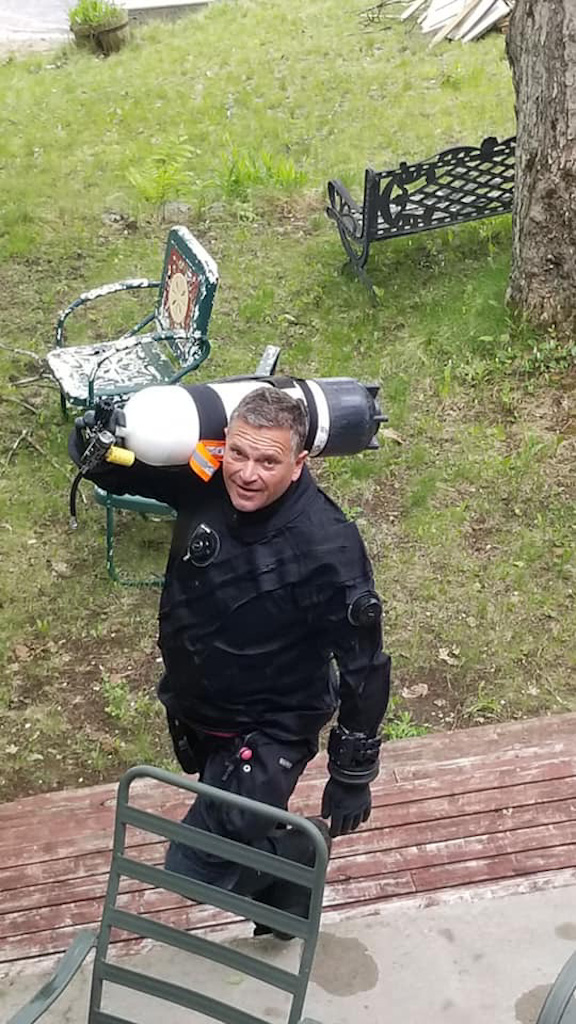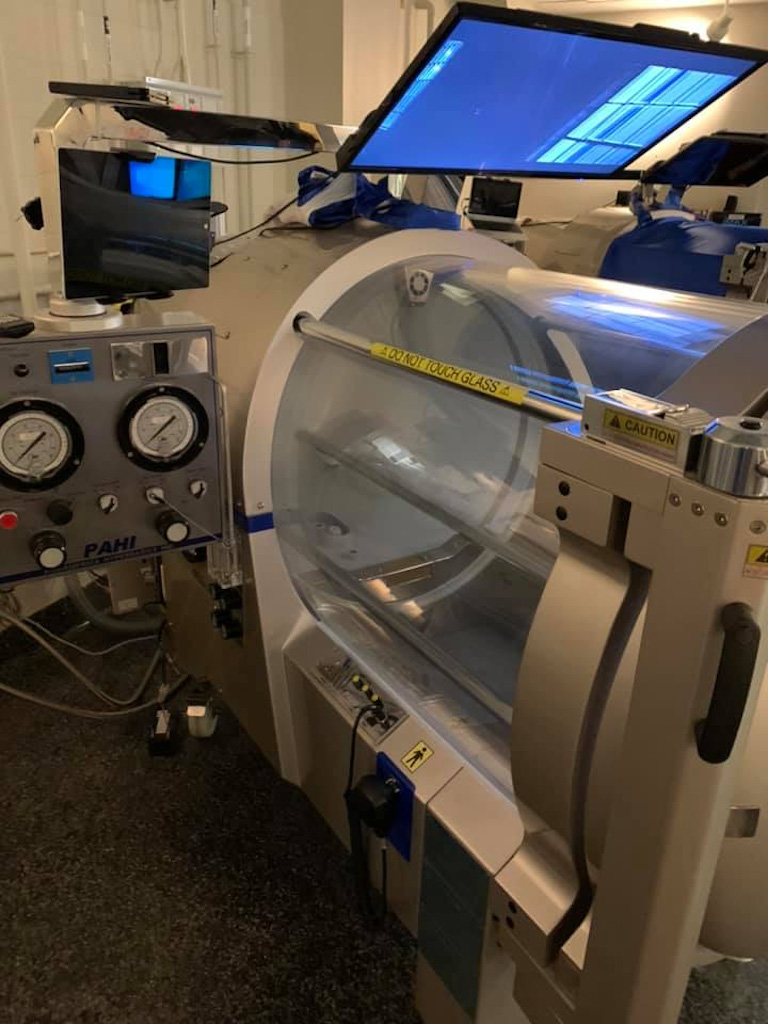Norbert Pietkiewicz, owner of Aqua Sub Scuba Diving Centre in Toronto, has always told his dive students that no decompression programme or table will guarantee you will not get decompression sickness (DCS), also known as the “bends” “aerobullosis” or “caisson disease”.

Decompression sickness describes a disease that occurs on depressurization from dissolved gases coming out of solution into bubbles within the body. DCS most commonly applies to complications that result from decompression during ascension. Since bubbles can form in or migrate to any part of the body, DCS can produce several symptoms, and their effects can range from joint pain and rashes to paralysis and death. Individual sensitivity can vary from day to day, and different people may or may not be affected differently under the same conditions. If DCS is suspected, a diver is treated in a recompression chamber with hyperbaric oxygen therapy. A positive reaction to the procedure supports diagnosis. If treated early, the odds of full recovery are substantially greater.
For 38 years, Norbert, originally from Poland, has been diving, first as a diver, navy clearance diver, commercial diver, seafood harvester, diving instructor, professional diver and former diving safety supervisor at Shark Week Discovery Channel. During his dive career, he has made over 7000 dives in different settings, with depths ranging from shallow to 330 feet, all the while using decompression tools to prepare his dives and gases. He always prided himself that he never got bends, considering all the dives he’d made in his life. For all that has gone on in 2020, due to COVID19 Norbert added having DCS to it.
Norbert recently made two dives on the nearby wrecks in Toronto, out of Humber Bay Park. For a total period of 48 minutes, the first dive was a decompression dive to 131 feet, using oxygen to accelerate the decompression. The second dive was shallow, a 36 minute dive with no decompression, 60 feet. The dives went as expected and he finished about 9 pm.
Norbert began to experience a throbbing pain in his shoulder and arms upon returning to the shore. First he thought he may have strained himself loading equipment or climbing into the boat, but he found dark spots on his skin above his right shoulder when he returned home. He had seen this before on other divers and was pretty sure it was the form of skin bends. Lucky for him, he still had a tank of oxygen in his car so he breathed it for an hour and a half until the dark spots were gone.

The next morning, Norbert ‘s back was clear but his arms were swollen, and he was in pain. He confesses that he is usually the last to go to the hospital, but in this case and because of his wife, Andrea’s support, he called Dr. Ron Linden, who specialises in hyperbaric medicine and is the Medical Director of Toronto’s Judy Dan Study & Treatment Centre. Dr Linden offered to take him for the longest dive in his career, after a brief talk on the phone; 5 hours at 60 feet in a decompression chamber ride. The Rehab Center’s decompression chambers are not what he remembered from his Navy years. They are ultra futuristic chambers with a glass dome and a flat screen television, where you can watch a good range of films. Norbert said treatment for 5 hours felt like a first-class airflight.
Norbert thanks the support of Dr Ron Linden for his quick recovery and has returned to the day to day operation of AquaSub Scuba Diving Centre.






